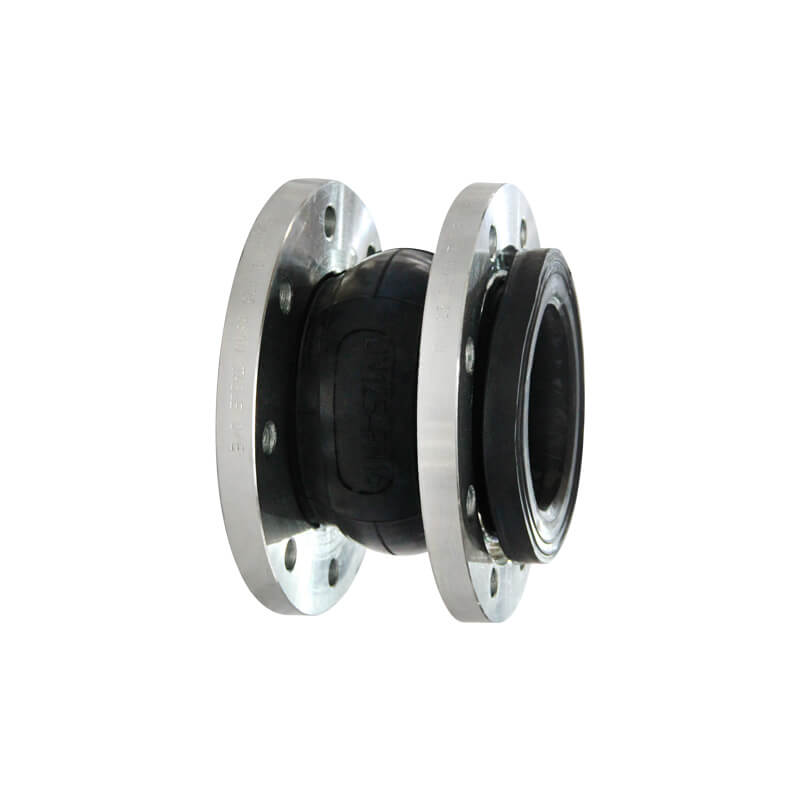Here are some key advantages of using rubber joint in plumbing applications:
Flexibility
Rubber joints are elastic and can flex, bend and stretch to absorb movement, pressure fluctuations and vibrations in pipes. This prevents breakage from stress and strain.
Vibration damping
Their soft, supple nature helps dampen the transmission of vibrations through the piping system, protecting against noise, fatigue damage and potential failures over time.
Tight seals
Rubber forms very effective seals, helping to prevent leaks at connections even under varying temperature changes, pressure levels or expansion/contraction of piping materials.
Weather resistance
Rubber holds up well against exposure to extreme or changing heat, cold, moisture and weather without becoming brittle like more rigid materials.

Chemical resistance
Many rubber compositions can resist degradation from corrosion caused by contact with harsh chemicals, fluids, industrial substances and water treatment byproducts flowing through pipes.
Insulation properties
Rubber provides some insulation value, helping to more slowly conduct heat through joints which aids in temperature regulation of carried liquids/gases.
Cost-effectiveness
While initial material cost is higher than some options, rubber joints offer longevity to save long-term by reducing replacement needs over the service life of a system.
Easy installation
Properly designed rubber joints are simple and quick to install without need for specialized tools, equipment or extensive training.